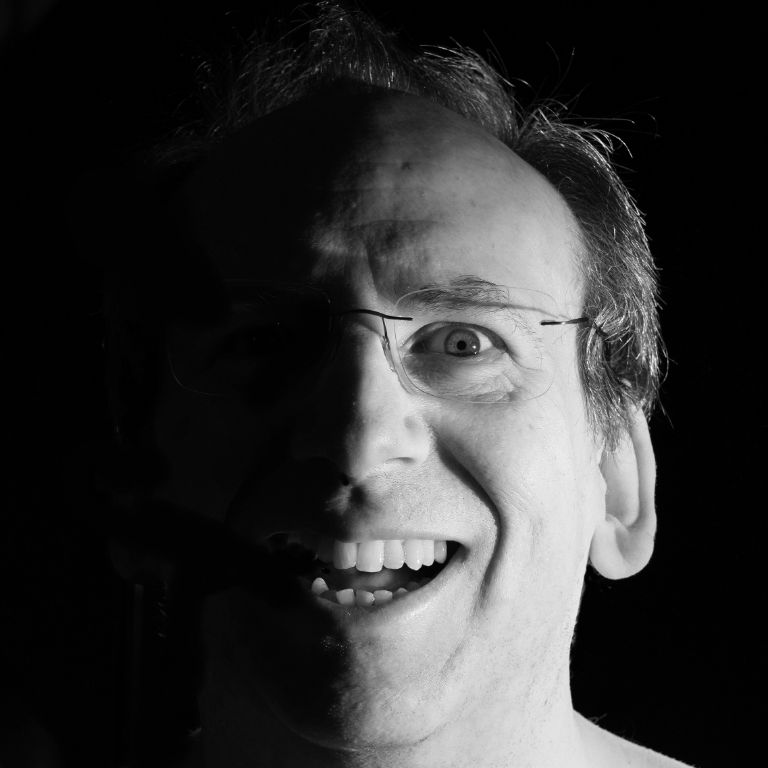
About
I am Chris Wallace and welcome to my gallery. Click here to visit the galleries.
Photographic Background
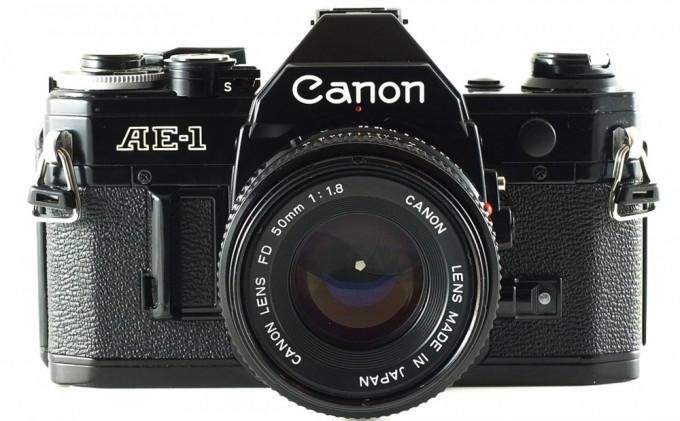
I got my first camera, a 35mm SLR Canon AE1P, when I was 27. I set up a temporary darkroom in my bedroom and dabbled with developing and printing my own monochrome and colour prints.
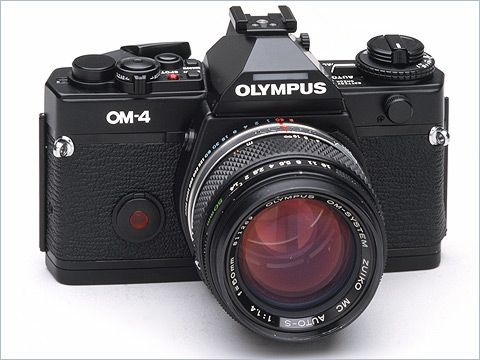
I progressed to an Olympus OM4, a fantastic little 35 mm SLR with great metering and TTL flash which made close-up photography much less hit-n-miss. I loved the 21mm/f3.5 wide-angle lens for landscapes, and a wonderfully bright 90mm/f2 macro lens for intimate, hand-held nature shots (I was into spider photography back then - I would spend hours in the garden on a stool watching the wolf spiders courtship rituals as the males waggled their pedipalps!).
Before I joined a camera club I thought I was a good photographer; how naïve I was! I very quickly realised how much I had to learn. Images I thought were great had glaring faults that judges in the club competitions brought to my attention. I gradually improved and became a lot better.
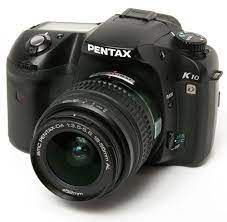
My first interchangeable-lens digital SLR was a Pentax K10. I used this for all of my West Hyde landscapes. It was great value but, in hindsight, I really wish I'd had the money to get better equipment that would have allowed me to produce larger prints.
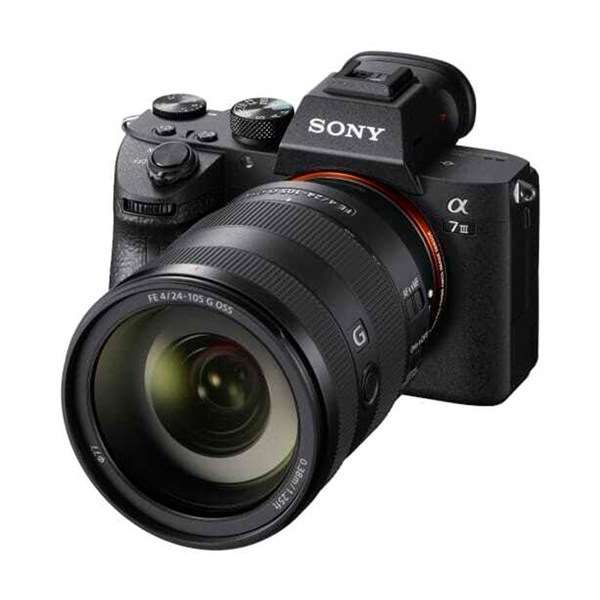
My current camera is a full-frame 42 MP Sony A7Riii that I routinely use with the 24-105mm zoom, and then the 16-35mm and 70-200mm zooms for more extreme angles. As well as the resolution, the dynamic range and in-body image stabilisation are phenomenal. The little 35mm lens turns it into a great point-n-shoot camera and I am looking forwards to trying some street photography with it sometime.
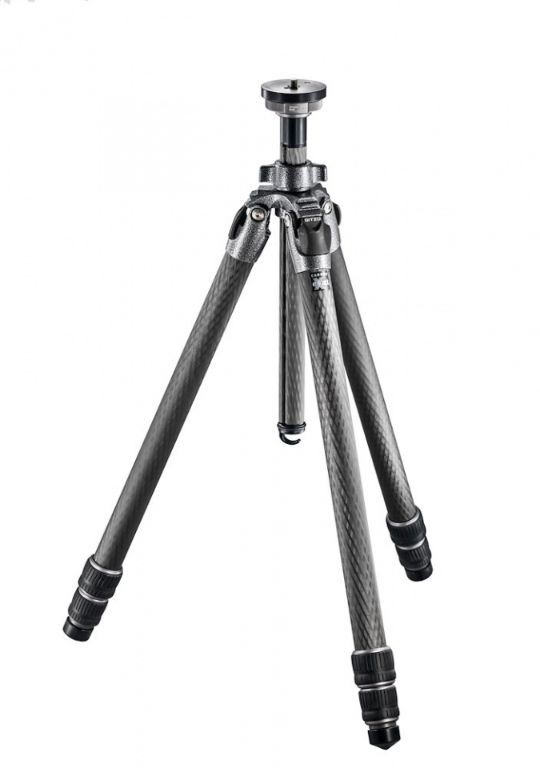
Although the image stabilisation of my A7Riii is good enough not to require a tripod much of the time, I still like the control that using a tripod brings, particularly with the HDR technique, and the degree of deliberation and time to scan the image that its use permits.
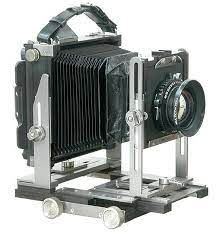
I am also lucky enough to have a 5x4 inch plate camera, an Ebony 45SU, whose lens movements allow amazing control of perspective. By the way, if you ever search for photos of an Ebony camera on the internet, don't be surprised if cameras don't feature much in the search results for "Ebony photos"!!!
I used this camera for 'Woman with a Heart of Stone' and 'Chapel on the Hill' (both in the Cornwall galleries). The chapel shot was particularly challenging since it was very windy so I had to keep the shutter speed down which meant I couldn't stop the lens down too far. Consequently, to keep focus from the grasses in the foreground all the way up the hill to the chapel meant a lot of lens and back movements so that imaginary lines through the film plane, the lens, and the plane of focus all coincided at a single point (this is called the Scheimpflug principle). I don't really have the time at the moment to do the negative processing required for the plate camera, but I hope to get back into it when I retire - not too long away now!
Other Interests
Carcassonne
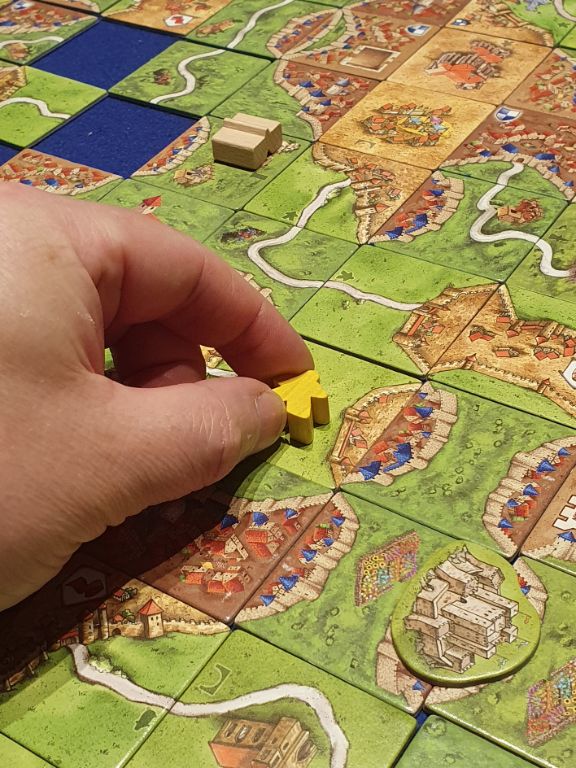
I am an avid player of the tile-placing game of Carcassonne. I bought the base game in 2015 and it quickly became the favourite game of our family, it even becoming an essential item when we go on holiday. I discovered the online version where you could play against other human players on Board Game Arena during Christmas 2019 and became hooked! I did well in the BGA's first 'Arena' worldwide tournament finishing 16th. This brought me to the attention of Dan Chard who, as captain, invited me to join the UK Carcassonne Team. This has been a fantastic experience, particularly the great sense of camaraderie between the members of the team. We reached the quarter-finals of the 2020 European Team Championships and 8th place in 2021 World Team Championships, even managing to beat the previous year's champions, Japan.
Studying
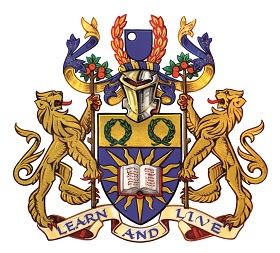
I love learning new things! When I was in the sixth form at school I did not have the self-discipline required to do well, so I did not go to university to study physics as I originally intended. Fast-forward 17 years and I started a distance-learning degree with the Open University. As I have a very techie background, I chose a BSc in Information Technology and Computing. It was tough juggling the demands of studying, full-time work and being married, but it was worth it when six years later I graduated with a First Class honours degree.
At the end of my degree, I still had the studying urge and had got very used to getting up at 5 am to fit my studying in before work. Since my final module had been on Artificial Intelligence which included Neural Networks, I decided to find out how real neurons work, so my next module was 'Biological Psychology: Exploring the Brain'. I was amazed by the level of complexity that had evolved in the brain and eyes that allows us to perceive things around us and act on them.
In 2011 I got in touch with my artsy side and started another OU degree, this time a BA in Arts and Humanities in which I specialised in Art History and Music. I loved the one-week residential school for Art History. Rather than judging artworks on a purely aesthetic basis as I had done previously, it was fascinating to approach them considering their meanings and historical contexts and their artists' allegiances and intentions. However, this degree wasn't about formulae and computer code, this was full-blown academic essay writing, and essays were not my strong point at school. The music strand was even more challenging, though, since it recommended having at least a Grade 5 in a musical instrument and I didn't even have Music 'O' Level/GSCE and could only read music note by note by counting up or down from middle C. The saving grace was that the module that required us to compose music supplied a wonderful piece of software called Sibelius which let you write music and have it played back to you. I was surprised and delighted when my distinction in the Level 3 Twentieth-Century Art module set me on course for another First.
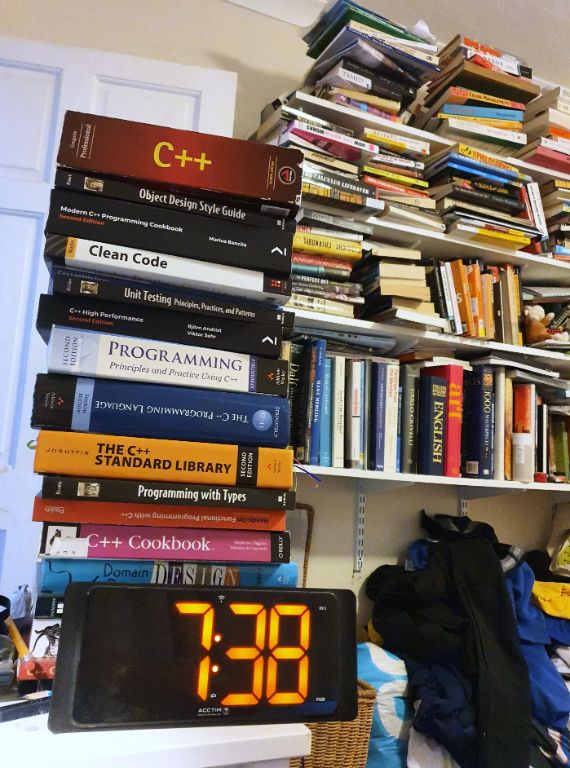
I am currently self-learning the programming language Python and refreshing my programming skills in C++ (as demonstrated by the teetering column of books on my bedside cabinet!). This is part of my latest project which is to build a database of previously played games of Carcassonne and analyse them to see if I can distill the most effective tactics from them. Although this project may never come to fruition, I still enjoy the programming challenges along the way in the same way that other people like doing crossword or logic puzzles.
Music
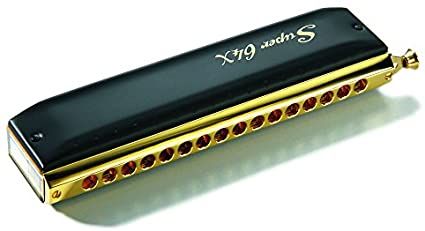
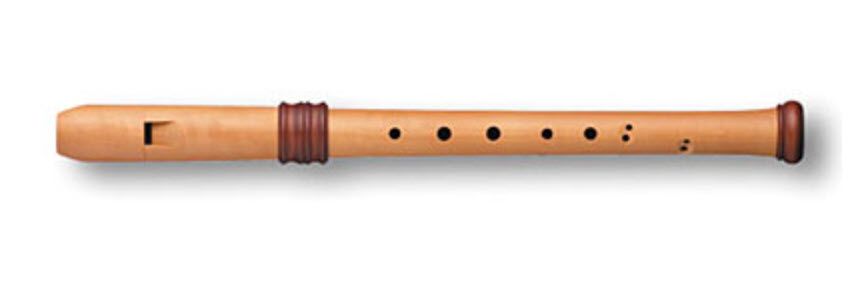
One of my favourite ways to let off steam or de-stress is to play along to music on the radio or Spotify on my chromatic harmonica or recorders. I'm not fantastic, but I can play along by ear to tunes well enough to bring me enjoyment. As I do all the cooking in our home, most of my playing is done in the kitchen, so I have fitted double-glazed doors between the kitchen and the lounge to minimise the distress to the rest of my family!
Work
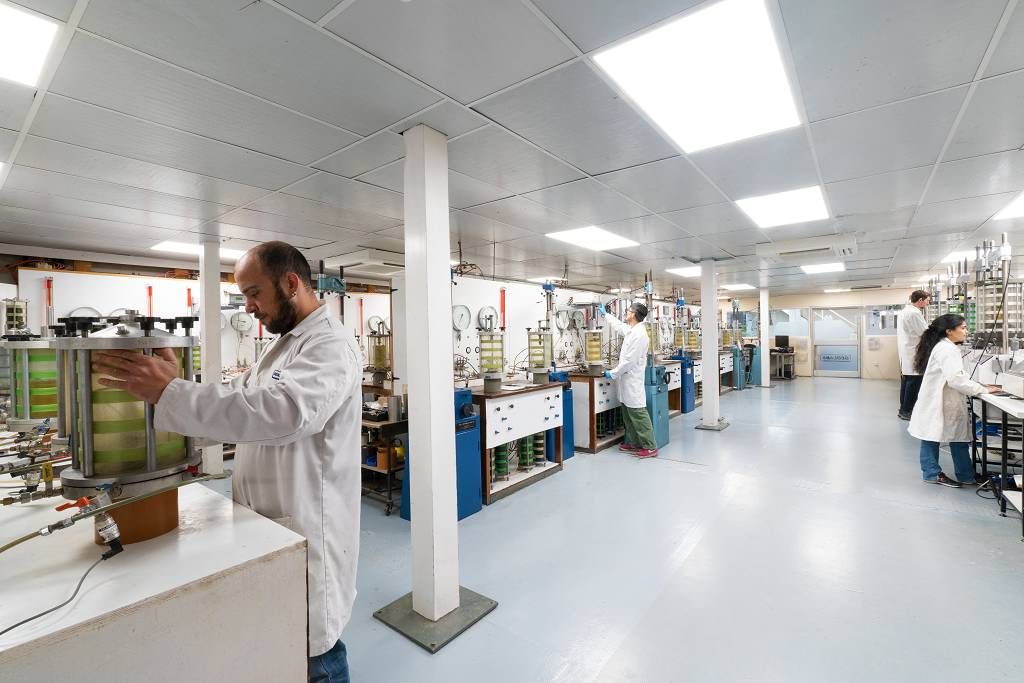
I am the technical director of Geolabs Limited, a company that performs physical testing of soil and rock samples for the construction industry. My main role is looking after the advanced testing section where we perform highly sophisticated tests for demanding projects such as deep foundations for tunnels and skyscrapers (where we measure behaviour down to tiny movements as small as 0.001 % strain) and offshore windfarms (where we apply cyclic loading to replicate the action of wind and waves).
